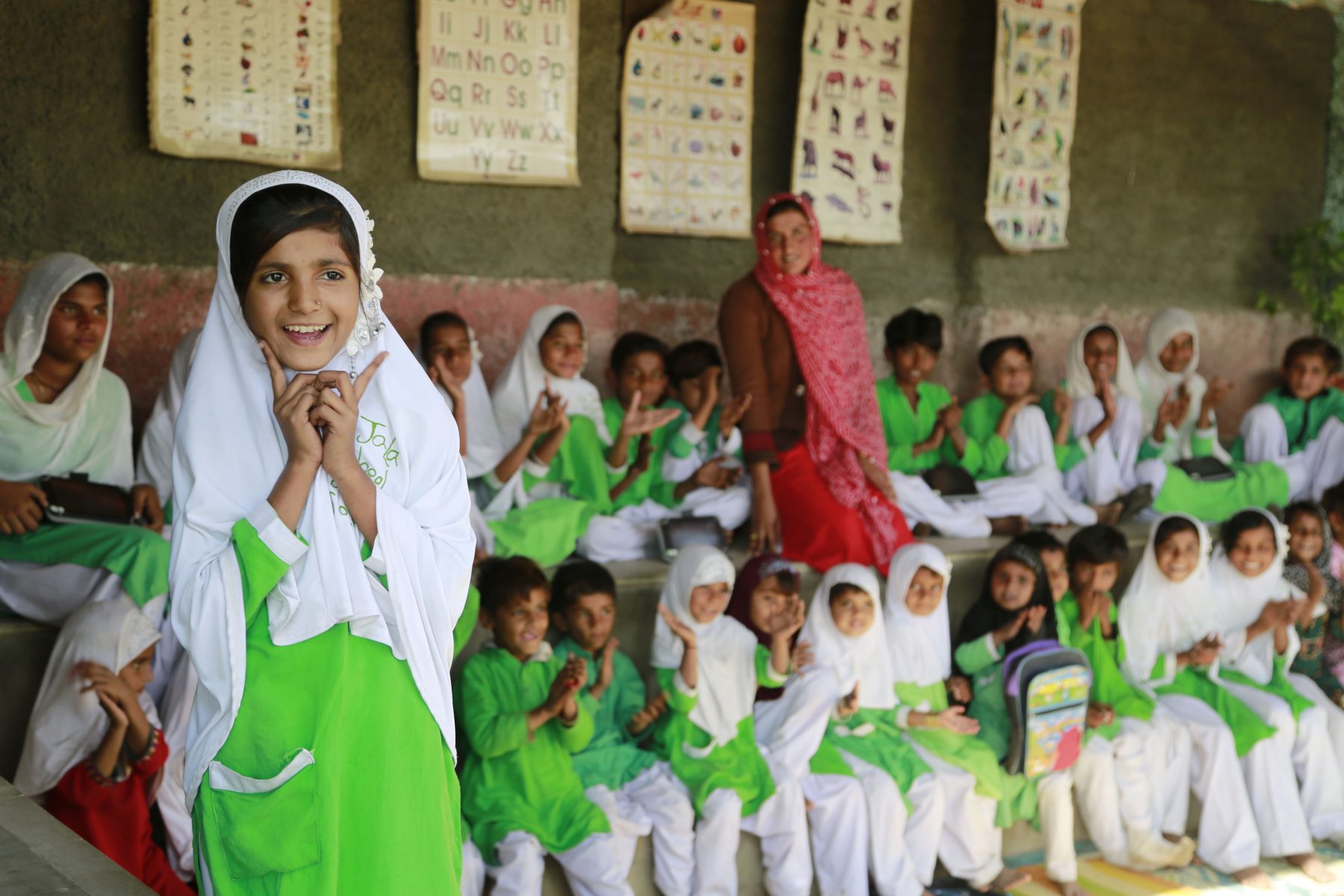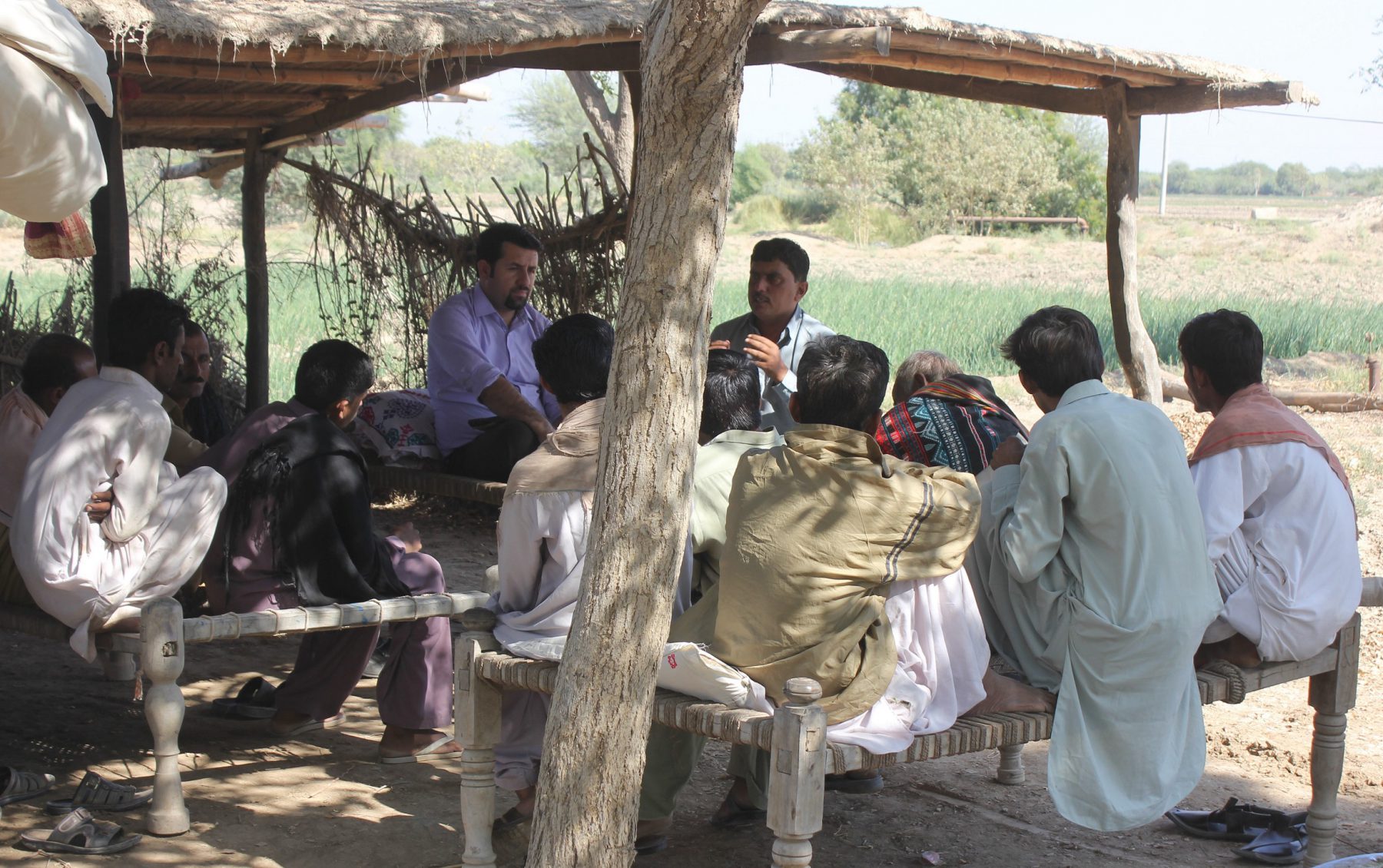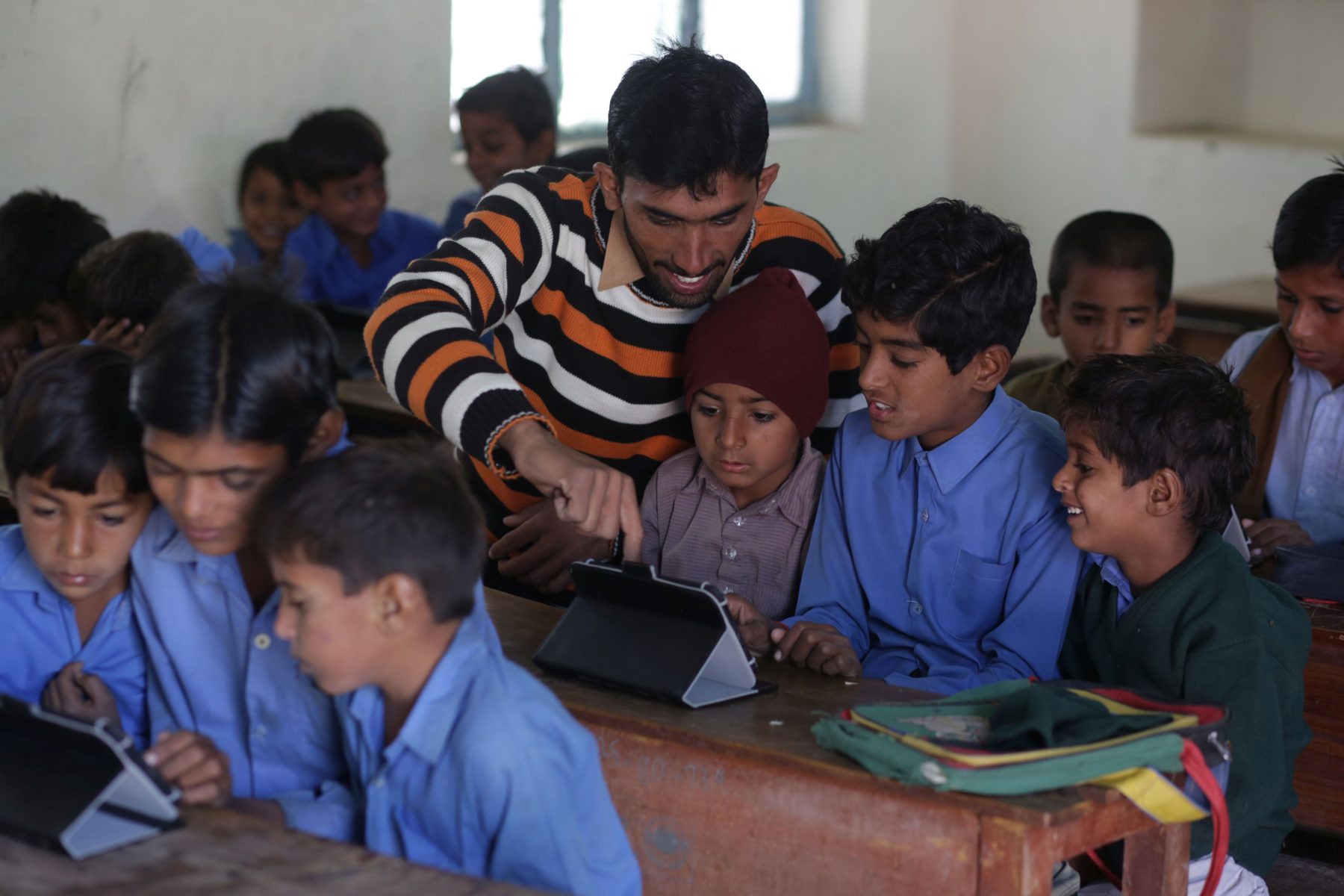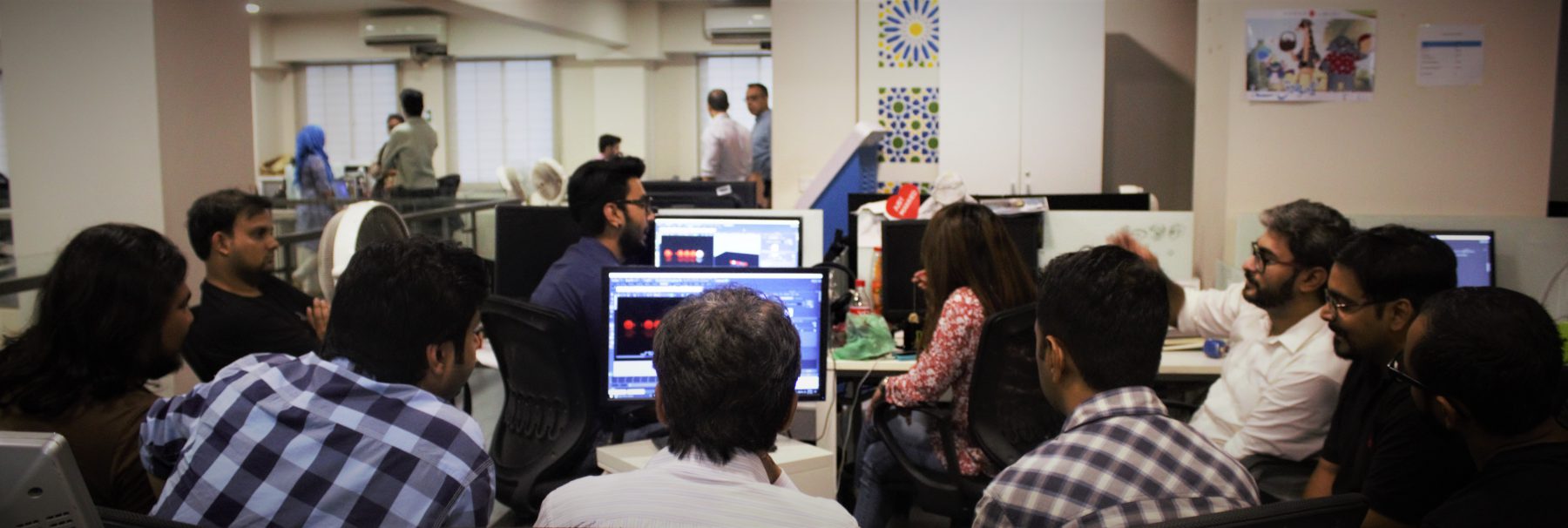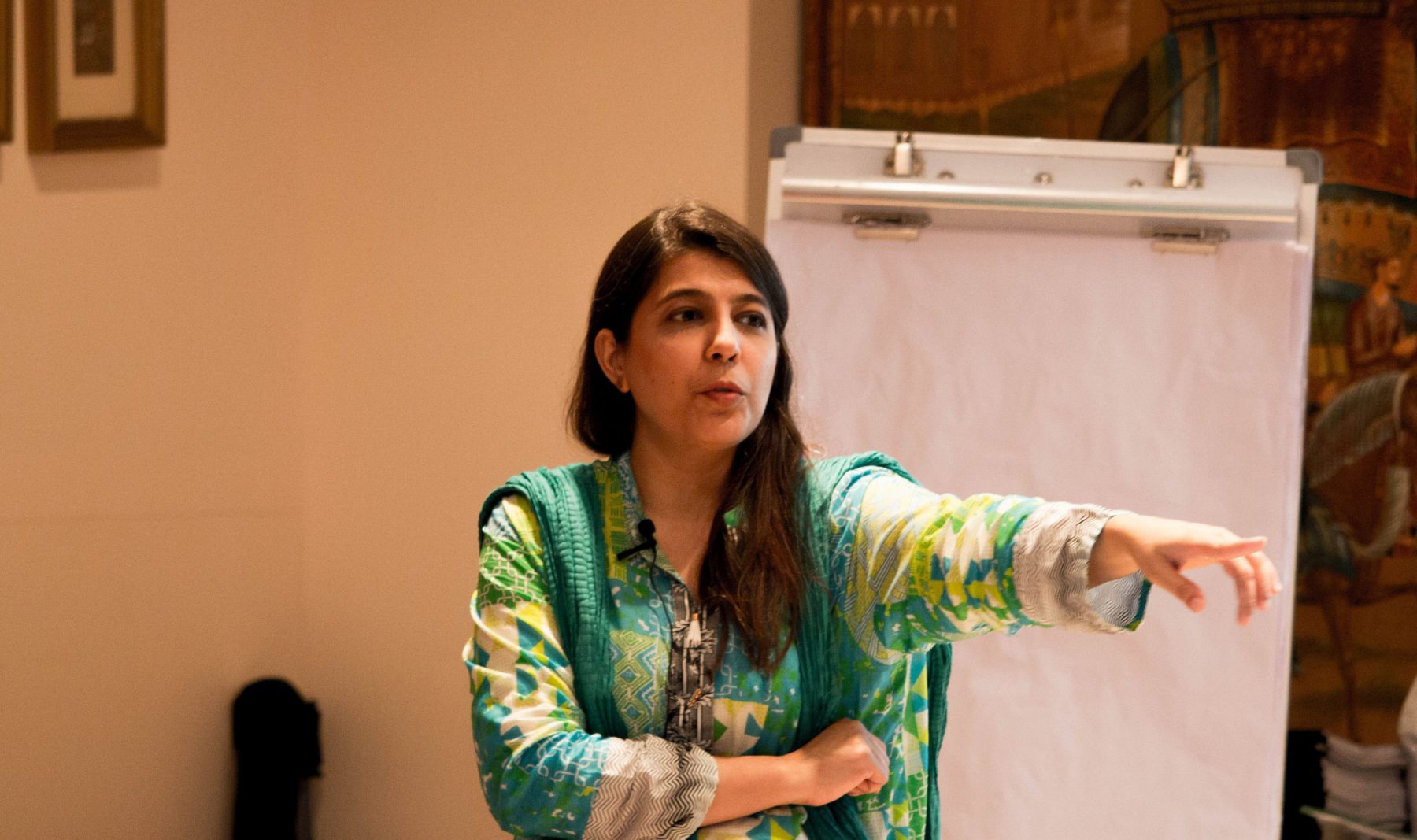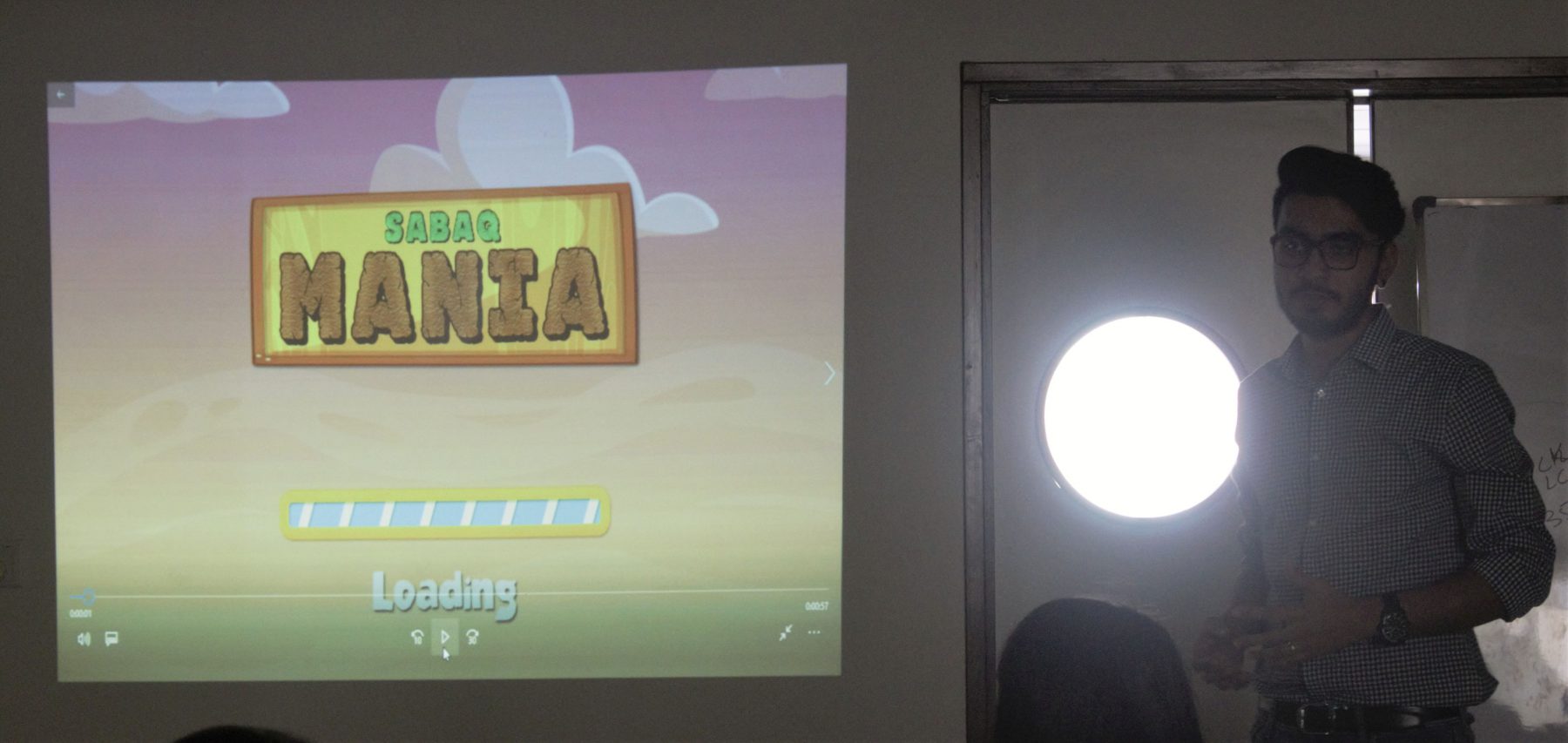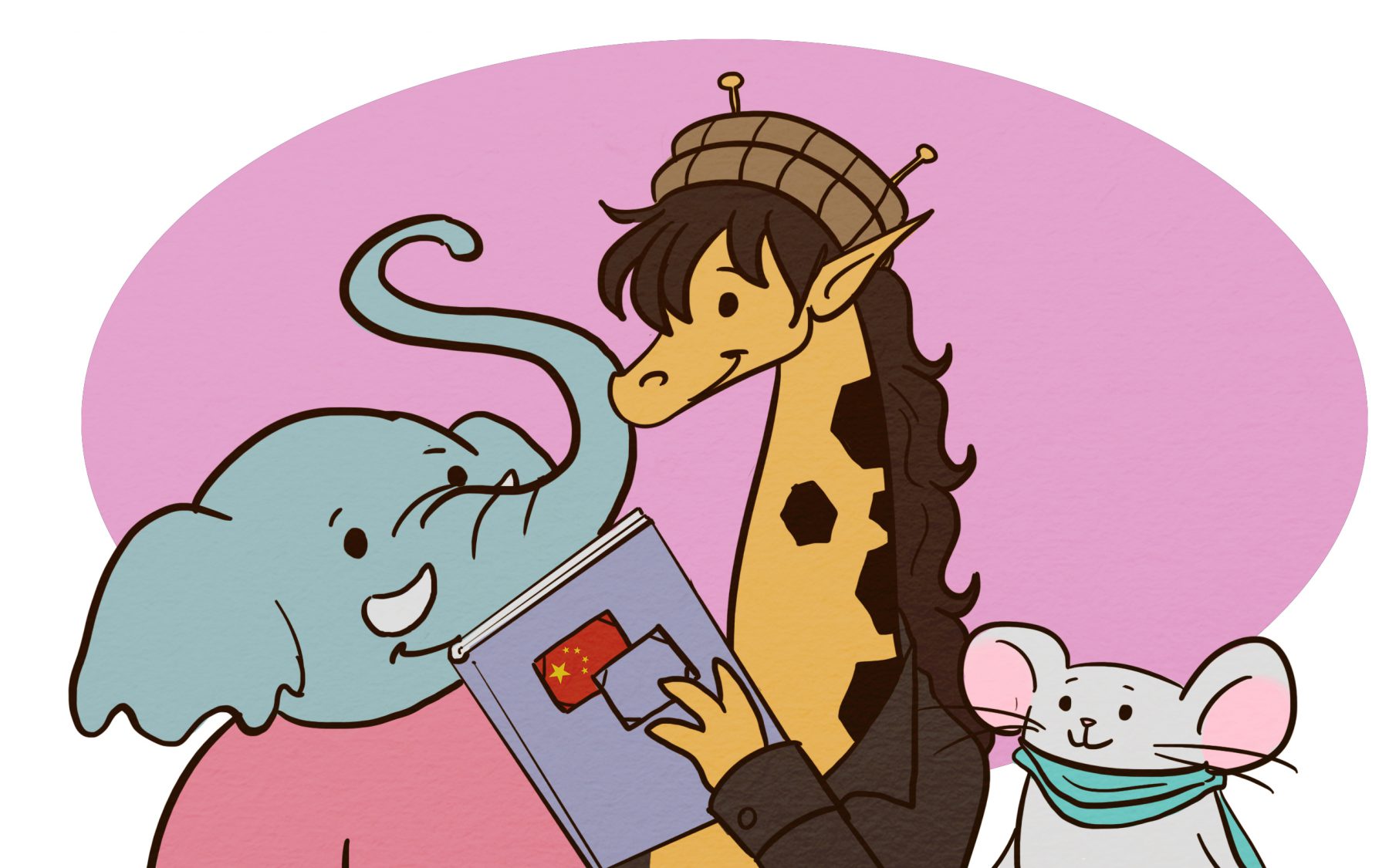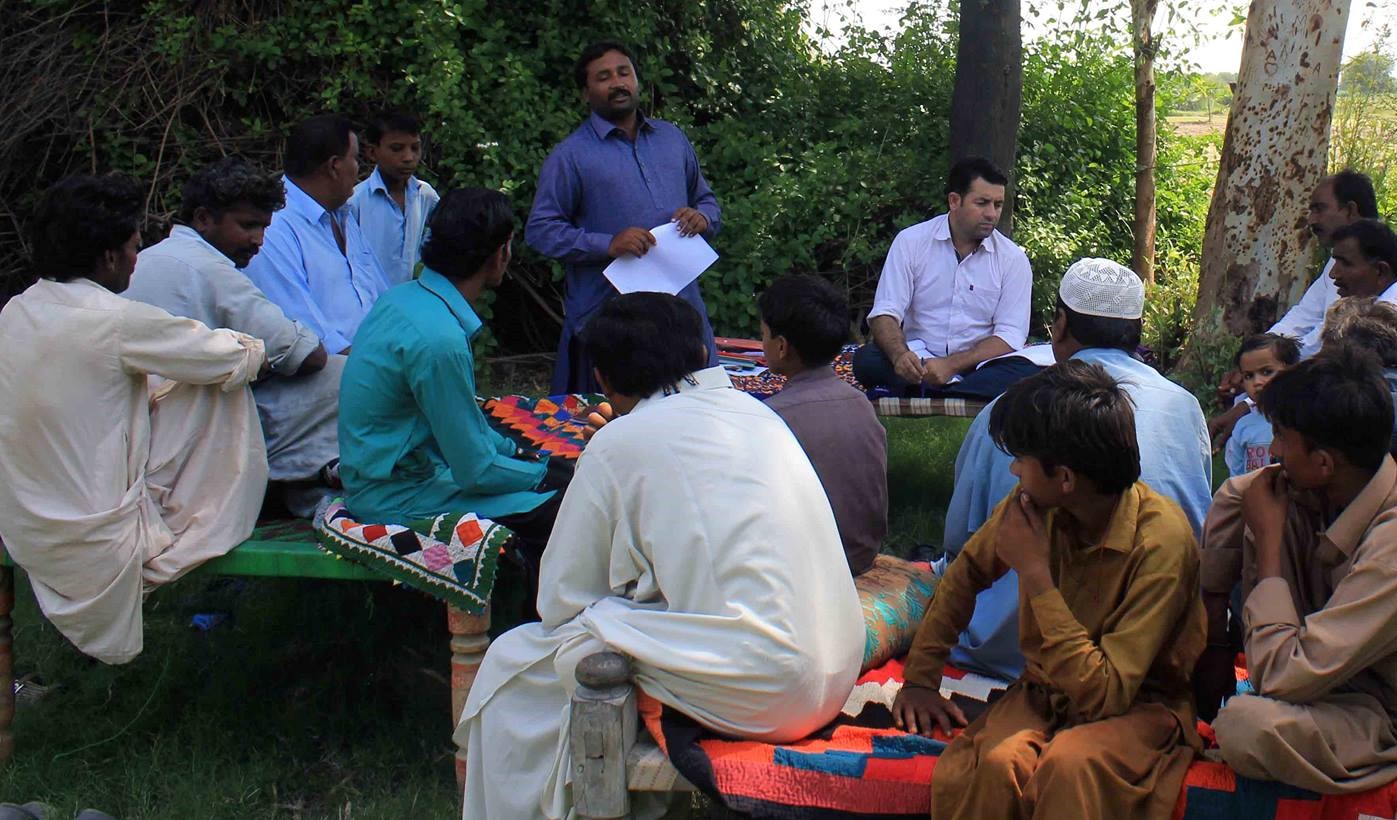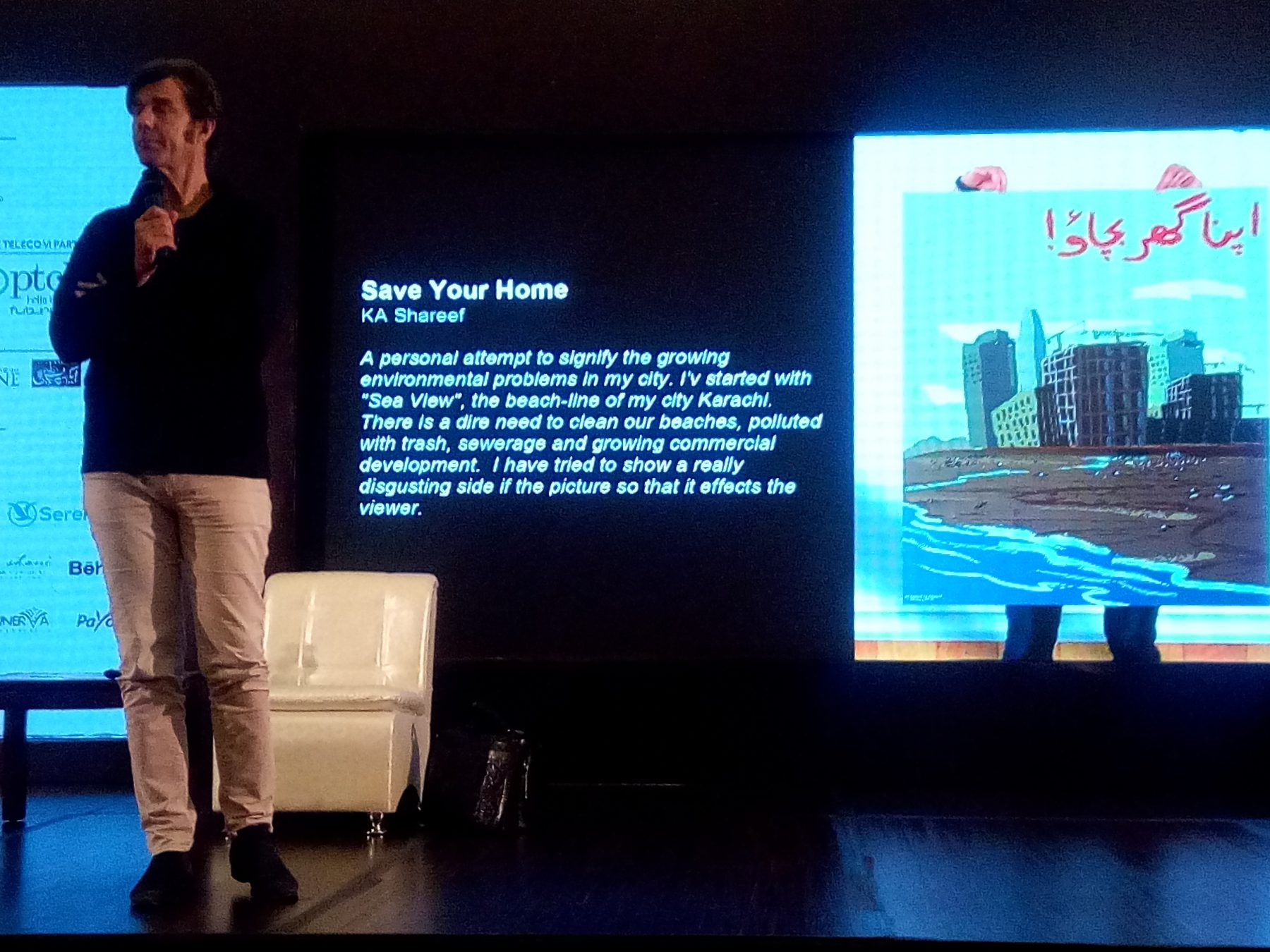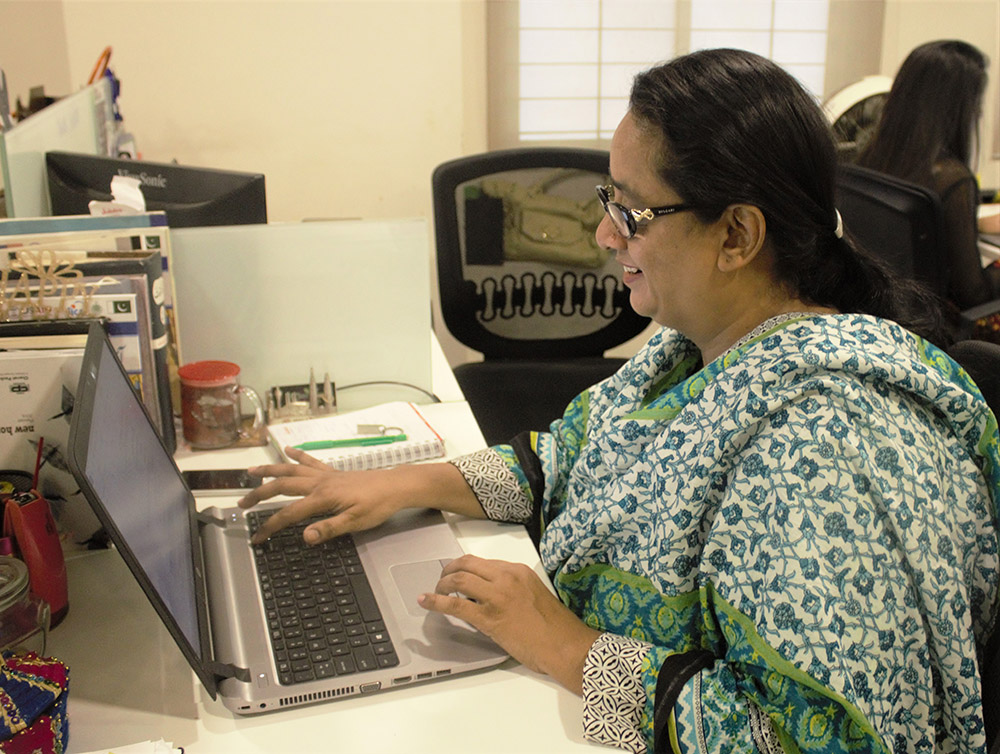A New Spin on SABAQ Centers
Field Notes is a blog series that delves into the implementation, monitoring and evaluation side of SABAQ. This post looks into the different spaces being used to open up new SABAQ Centers.
What makes SABAQ Centers unique is that they are established in spaces donated by the community, truly demonstrating their desire to have their community educated. These spaces are able to house up to 40 children and rely on sunshine as their source of lighting. It’s often surprising to see that a SABAQ Center was once the edge of a field, considering the charts and the learning aids Facilitators use to infuse life and fun into these spaces. Village Education Committees, run by volunteers, take up management of SABAQ Centers, putting the monthly fee they collect from the students enrolled towards improving them.
However, over the last few months, SABAQ has been working with local authorities to put abandoned government buildings to use by renovating them to open up SABAQ Centers for the communities close by. 53 SABAQ Centers are currently run in 35 such buildings which has garnered interest from governing bodies nearby further strengthening the centers’ sustainability.

In a similar vein, SABAQ Centers are also being established in safe points established by arche noVa, a German non-profit that works primarily in development cooperation and education. For now, two of the eight flooding safe points constructed by arche noVa are being used as SABAQ Centers that consist of two rooms and bathrooms, making these shelter school building of sorts.

